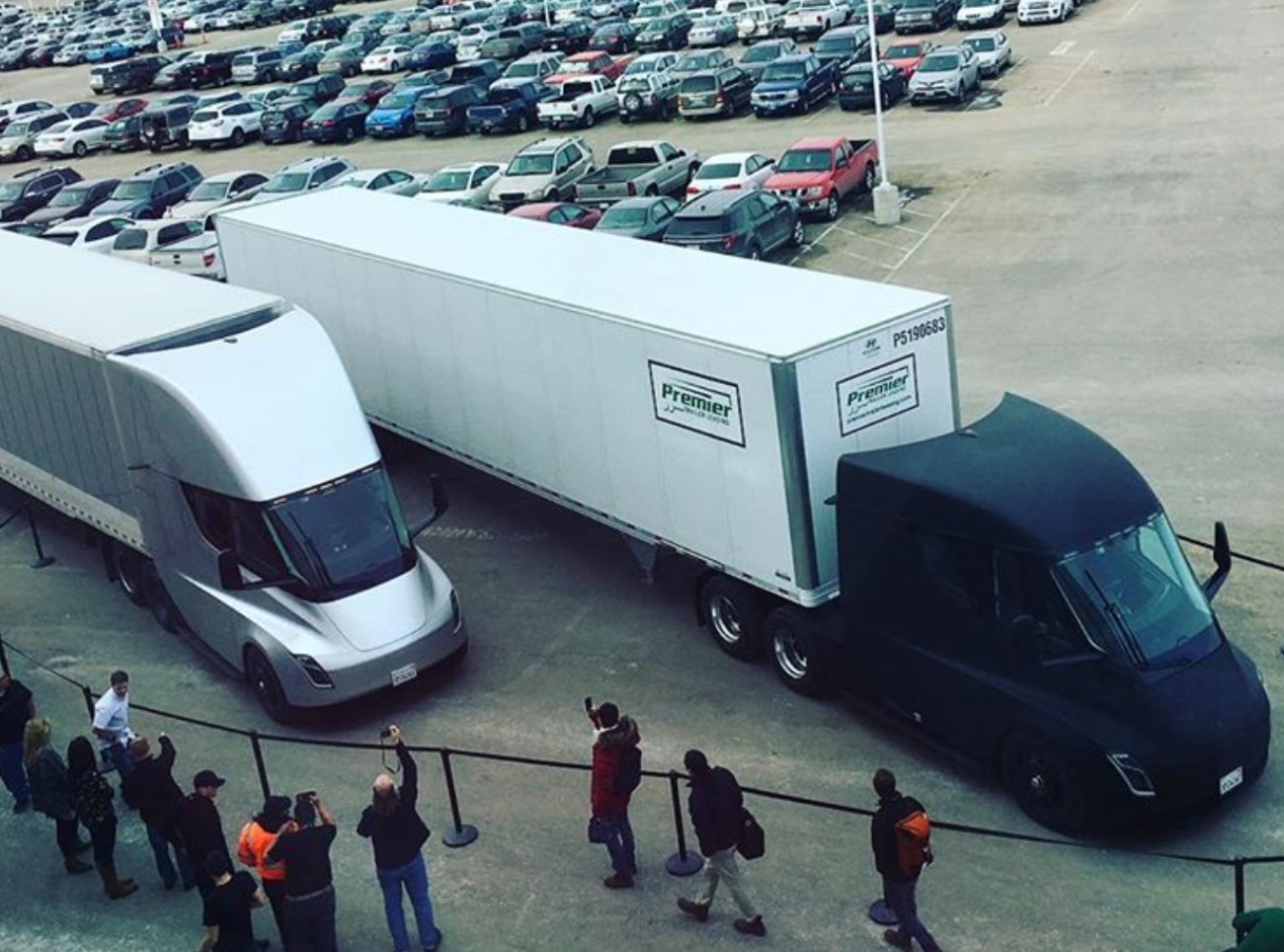They've never released a new vehicle 'by the seat of their pants'. There has always been a mule out testing.
Why would Elon qualify his statement by stating it was the first production?
Do you really believe that the first long distance load test would be with a recognizable cab? If the test failed, the press would be all over that. If there wasn't a mule out testing, why did major trucking companies place orders right at the reveal? For the kind of money those guys were spending, they would have needed data. Evidence. Of course that testing has been done, probably have been running tests for many months. It would make sense for them to have been running batteries between the Gigafactory and Fremont in a mule. They needed those batteries transported. They needed to test the semi.




